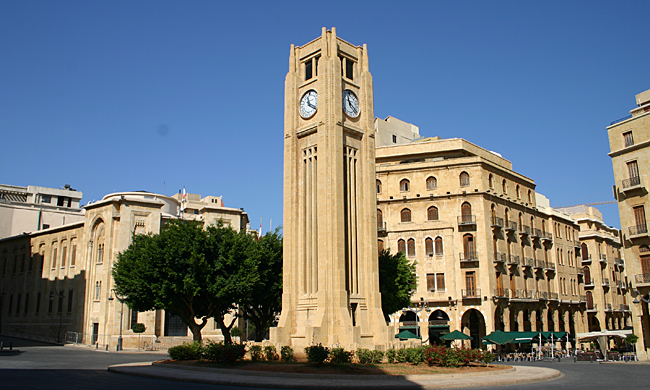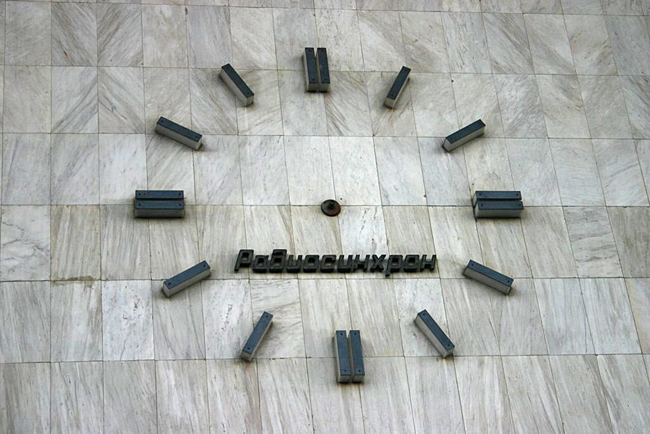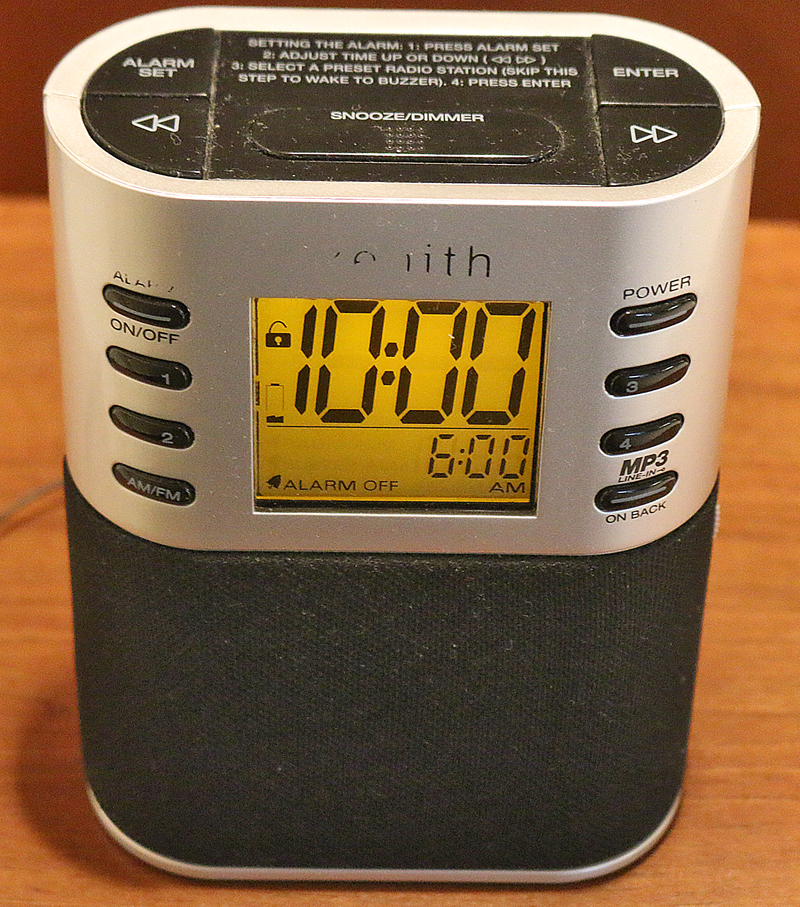Traveling can be quite rough for people who are susceptible to a phenomenon called jet lag, which is a temporary sleep disorder that most often occurs when your own internal body clock — or circadian rhythms — is disrupted by traveling quickly across multiple time zones whereby your body is still synchronized to the time zone in which you are based but is different than the time zone at your destination…
Should Daylight Saving Time Become Permanent?

…and the switch twice per year between Daylight Saving Time and standard time can only exacerbate jet lag when another hour is either added or taken away — the latest change to Daylight Saving Time became in effect this past Sunday, March 13, 2022 — although plenty of people who do not even travel at all have strong opinions with regard to changing the clocks twice per year, which is why a Republican member of the Senate of the United States and a Republican member of the House of Representatives of the United States have both sponsored a bill three separate times which is called the Sunshine Protection Act.
After it failed in both 2018 and 2019, Vern Buchanan and Marco Rubio have been successful in ensuring that the Sunshine Protection Act of 2021 — which is also currently known as House of Representatives Bill 69 and Senate Bill 623 — was passed unanimously by all members of the Senate who voted on the bill.
Should the bill actually become law, what is now known as Daylight Saving Time will become the new permanent standard time effective as of Sunday, November 5, 2023 — which means that clocks across the United States will no longer need to be changed twice per year: once in the spring; and once in the fall.
This would not be the first time when the United States would experience Daylight Saving Time all year round: In an effort to conserve fuel during the oil embargo by the Organization of Arab Petroleum Exporting Countries in 1973, members of the House of Representatives enacted a trial period of Daylight Saving Time all year round, which began on Sunday, January 6, 1974 and was supposed to end on Sunday, April 27, 1975. Due to its unpopularity — chiefly fueled by the belief that children were in more danger of getting injured or killed while leaving for school while the sky was still dark prior to the sun rising, as well as a potential increase in accidents at construction worksites — the trial period was rescinded; and the United States returned to observing Daylight Saving Time in the spring.
A Brief History of Daylight Saving Time in the United States

The concept of time zones was first introduced in the United States by railroad companies in 1883.
In an effort to conserve fuel during World War I, countries in Europe followed the lead of Germany in observing Daylight Saving Time effective as of Monday, May 1, 1916. The rest of Europe soon followed. Although parts of the United States inconsistently also observed some form of Daylight Saving Time in 1916, the plan itself was not adopted nationwide until the Standard Time Act of 1918 was adapted on Tuesday, March 19, 1918, which confirmed the existing standard time zone system and set Daylight Saving Time to occur effective as of Sunday, March 31, 1918 and continue through Sunday, October 27, 1918, when standard time was back in effect.
For much of its history, Daylight Saving Time in the United States lasted approximately six months — from May through October of each year — and standard time was in effect for the remaining six months. However, the duration of Daylight Saving Time was extended at least twice:
- Members of the House of Representatives amended the Uniform Time Act in 1986 by changing the beginning of Daylight Saving Time to the first Sunday in April and having the end remain on the last Sunday in October, effective from 1987 to 2006. The time was adjusted at 2:00 in the morning local time.
- Daylight Saving Time was extended again in 2007 due to the Energy Policy Act of 2005 to begin on the second Sunday of March and end on the first Sunday of November. During years when April 1 falls on Monday through Wednesday, these changes result in a Daylight Saving Time period which is five weeks longer; in all other years, the Daylight Saving Time period is instead four weeks longer. Daylight Saving Time ended at 2:00 in the morning — which became 1:00 in the morning standard time — on Sunday, November 2, 2008; and on Sunday, March 8, 2009, Daylight Saving Time began at 2:00 in the morning standard time, which became 3:00 in the morning Daylight Saving Time.
Final Boarding Call

I do not suffer from jet lag; so changes in time zones — coupled with Daylight Saving Time — never did bother me; and I never had a strong opinion pertaining to the changing of clocks twice per year. I wish I could say the same for my one stint in southern Indiana years ago when I thought I arrived at an appointment 15 minutes early but instead wound up being 45 minutes late. To me, that was the worst part of visiting the state of Indiana for me.
What are your thoughts? Should Daylight Saving Time be in effect all year round; should the current system remain intact; or should Daylight Saving Time be eliminated altogether? Please express your thoughts in the Comments section below.
Thank you in advance.
All photographs ©2006, ©2007, ©2016, and ©2018 by Brian Cohen.

